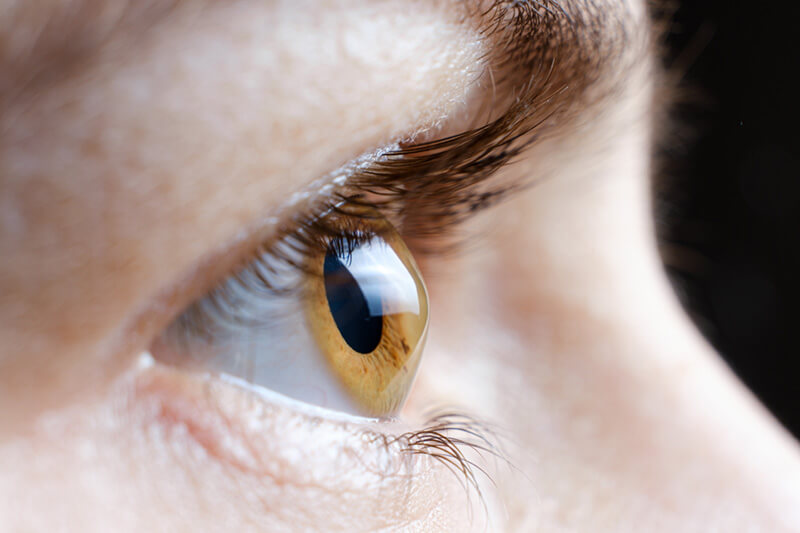Keratoconus
Keratoconus is a condition in which there is a thinning and bulging of the normally dome shaped cornea, (the outer, clear surface of the eye).
The cornea becomes cone shaped, which leads to a variety of symptoms such as blurred vision, sensitivity to light and difficulty seeing at night.
Keratoconus, is an uncommon condition that usually affect people between the ages of 10 to 25.
The cause of keratoconus is still not known, although chances of developing this condition increase if you have a family member with keratonus, suggesting that genetics play a role.
Keratoconus has been associated with injury to the eye, excessive eye rubbing or wearing hard contact lenses for many years. Certain eye diseases such as retinitis pigmentosa, retinopathy of prematurity and vernal keratoconjunctivitis have been linked with the development of keratoconus.
Other systemic diseases may increase the chances of keratoconus such as Leber’s congenital amaurosis, Ehlers-Danlos syndrome, Down syndrome and osteogenesis imperfecta.

Symptoms & Diagnosis
Keratoconus can worsen over time, so early detection can make a difference in the level of treatment required to correct it. Symptoms typically affect both eyes, but you may notice different symptoms in each eye. If you notice any of the following symptoms, it is important to schedule a visit with your OCB eye doctor:
- Blurred or distortion of vision
- Increased sensitivity to light
- Problems seeing at night
- Glare
- Eye irritation
As the condition progresses, symptoms can also include
- Increased nearsightedness or astigmatism
- Frequent eyeglass prescription changes
- Inability to wear contact lenses
Keratoconus can be diagnosed during a routine eye exam. If your OCB eye doctor suspects kerataconus, he or she may also use the following tests to determine the shape of your cornea:
Treatment
Your OCB eye doctor will determine which treatment is best for you based on the severity of your symptoms and how advanced the condition is, with the goal of giving you the best vision possible. If keratoconus is detected early, treatment may be as simple as wearing special contact lenses. But as the condition progresses, the doctor may recommend one or a combination of the following treatments:
Corneal Collagen Crosslinking
Crosslinking is a new treatment that can dramatically improve the outlook for patients with keratoconus, particularly in cases where the condition is caught early, before vision loss occurs. The FDA approved the procedure in 2016 and it is expected to eliminate the need for corneal transplant in severe cases.
Crosslinking works by strengthening the structure of the cornea, which is weak in those with keratoconus. A special laser emitting UV light and eyedrops that contain a riboflavin solution are used. After the drops are applied, the UV light activates bonds between collagen fibers of the cornea and riboflavin, strengthening and helping to flatten the cornea. The goal of treatment is to stabilize and stop the worsening of the condition, although some patients experience improvement. Patients who have undergone this procedure are then fitted with special contact lenses to correct their vision. Before crosslinking was approved by the FDA, OCB was a primary study site for the clinical trials into this procedure, which were led by Cornea specialist Michael Raizman, MD. Although this procedure is performed at our Waltham location, patients can be evaluated by any of our cornea specialists at any of our locations.
Corneal Transplant
In cases where other treatments cannot help maintain good vision, corneal transplant may be recommended. However, collagen crosslinking is expected to diminish the need for this alternative. With corneal transplant, your cornea is removed and replaced with a healthy donor cornea. It may take up to a year or more to obtain good vision. Another type of cornea transplant that is becoming more popular as a treatment for keratonconus is called DALK, or Deep Anterior Lamellar Keratoplasty. With this procedure, only the front and middle layers of the cornea are transplanted. The benefits of this transplant over the “full” cornea transplant is a much faster healing period and less risk of rejection.
